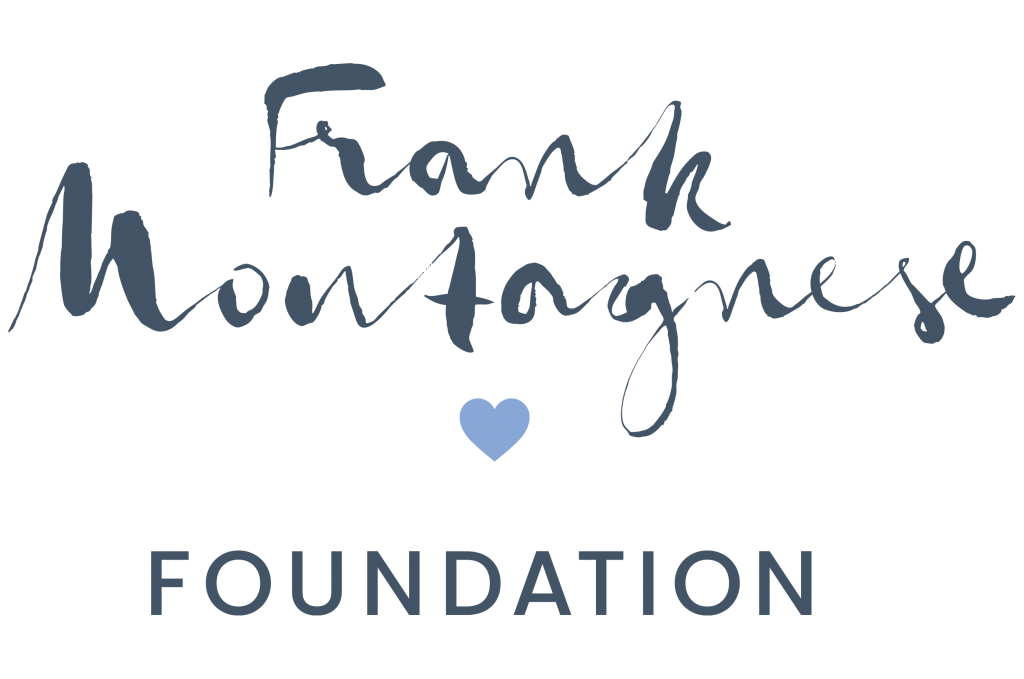Every charity pitch sounds worthy at first glance. The real challenge is separating good intentions from initiatives that will actually shift the needle for people in need. The Frank Montagnese Foundation (FMF) solves that challenge with a clear playbook. By sharing our criteria, we aim to help not-for-profits (NFPs) craft stronger proposals and give donors confidence that every FMF dollar works hard.
Why share the playbook?
Transparency sits at the heart of responsible philanthropy. When NFPs understand how we think, they can spend less time guessing and more time delivering impact. Donors, meanwhile, can track exactly why a project made the cut.
The six questions we ask before every grant
1. What is the urgency of need?
We back causes where time makes a genuine difference. Emergency equipment after bushfires, critical medical research at a tipping point, or vulnerable families facing a harsh winter—these are needs that cannot wait. Proposals that demonstrate a clear time sensitivity rise to the top.
Tip for NFPs: Quantify the cost of delay. Show how many people miss out or how outcomes worsen if funding arrives next month instead of next week.
2. Can the solution scale or inspire others?
We prefer ideas that can grow beyond the pilot phase or spark similar action elsewhere. Scalability might involve a program model that can be replicated in new regions or research that paves the way for policy change.
Tip for NFPs: Map out your growth path in two stages—what extra impact will the first grant unlock, and what could follow with additional partners on board?
3. How transparent are the operations?
Open books build trust. We look for partners who publish audited financials, track outcomes with simple metrics, and share both wins and setbacks. If an organisation is not comfortable showing its numbers, it will not get past our first screen.
Tip for donors: Ask any charity for its last annual report and an example of project-level reporting. The response will tell you more than a glossy brochure ever could.
4. Will there be a community ripple effect?
A project’s direct beneficiaries matter, but so does its wider influence. A grant that equips one local fire brigade also protects neighbouring towns. A youth sports program can lift school attendance across an entire district.
Tip for NFPs: Illustrate secondary benefits with real stories—parents returning to work because childcare is secure, small businesses thriving because foot traffic has grown.
5. Do the values align?
FMF operates on trust, courage and respect. We look for leaders who put people first, treat volunteers well and collaborate rather than compete. A shared ethos keeps partnerships smooth when challenges appear.
Tip for NFPs: Include testimonials from staff, volunteers or partner agencies. Culture speaks louder than taglines.
6. Does the project fill a gap government funding cannot cover?
We step in where public dollars stop—niche medical studies, grassroots services or specialised equipment that falls between budget lines. Stretching limited philanthropic resources means avoiding duplication of government efforts.
Tip for NFPs: Identify existing public funding streams and explain why your project sits outside them. Clarity here often sets great proposals apart.
How we score and decide
Each criterion receives a simple rating from one to five. Projects scoring an average of four or higher move to a deeper due-diligence phase. The final decision blends numbers with judgement from a diverse panel that includes a community representative. This mix keeps us agile while guarding against bias.
What a strong proposal looks like
- Plain-language problem statement: Describe the issue in a way a high-school student could grasp.
- Evidence-backed solution: Cite previous pilots, peer-reviewed research or credible benchmarks.
- Detailed budget: Break costs into line items and show any in-kind contributions.
- Milestones and metrics: Outline how success will be measured at three, six and twelve months.
- Exit or scale plan: Explain what happens when FMF funding ends.
Include these five pieces and you will answer ninety percent of our questions before we ask them.
How donors can use this playbook
- Benchmark other charities: If an organisation cannot address at least four of the six criteria, dig deeper.
- Track progress: Ask for milestone updates that align with the proposal.
- Join the ripple: Look for opportunities to complement FMF grants with your skills, networks or additional funds.
The payoff: better outcomes, faster
By filtering every grant through this decision-making lens, FMF ensures resources flow to projects with the greatest potential for lasting change. Our partners align on expectations from day one, and donors gain a transparent window into impact.
Next steps
If you are an NFP ready to pitch, review your proposal against these six questions before you hit send. If you are a donor seeking confidence, use this playbook to guide your due diligence. Together, we can turn thoughtful selection into life-changing action.




